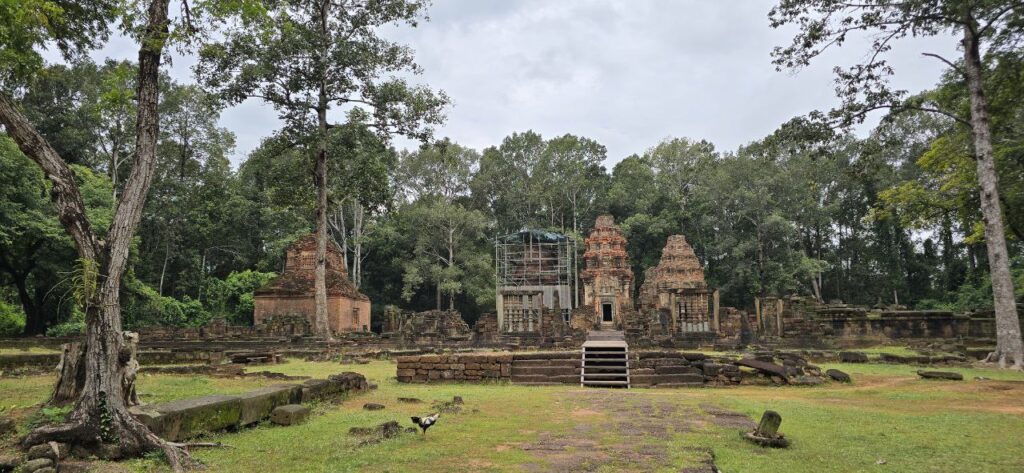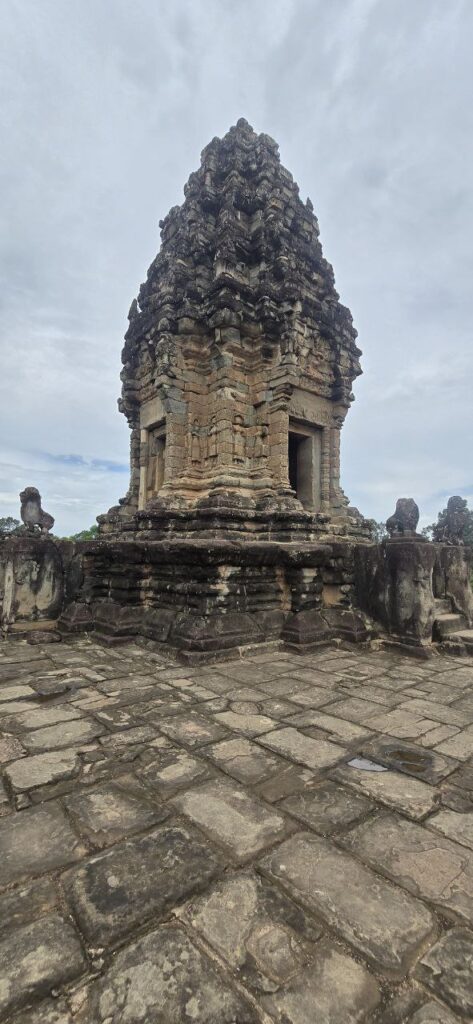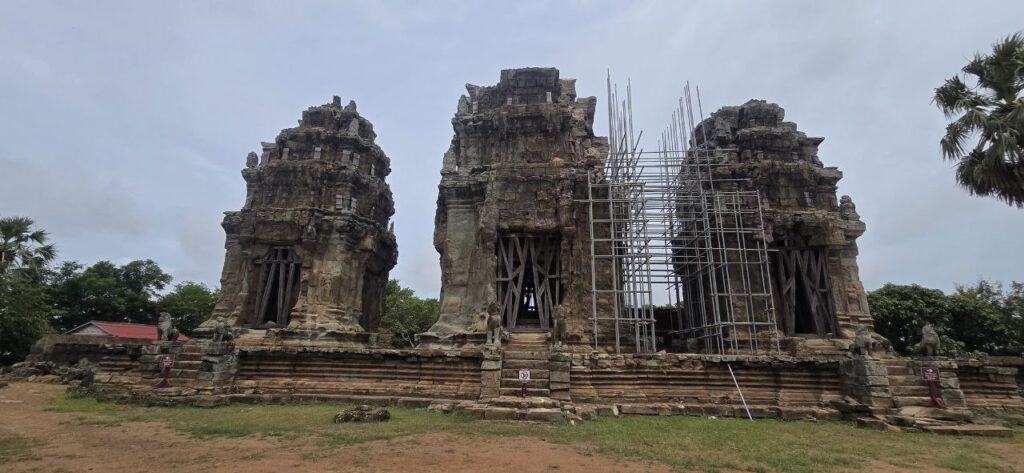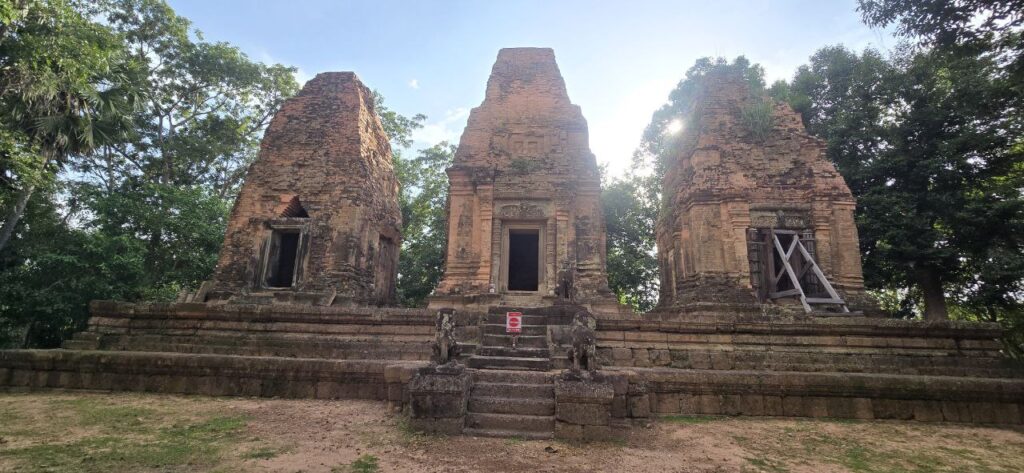

Nestled within the vast Angkor Archaeological Park, Neak Pean stands out as one of the most unique and spiritually significant temples in Cambodia. Unlike the grand pyramids of Angkor Wat or the enigmatic faces of Bayon, Neak Pean offers a tranquil, symbolic retreat—a small island temple surrounded by water, embodying harmony and healing.
The Meaning Behind Neak Pean
The name “Neak Pean” translates to “The Entwined Serpents”, referring to the two naga (serpent) statues coiled around the temple’s base. Built in the late 12th century by King Jayavarman VII, this temple was designed as a place of healing, inspired by the ancient Hindu belief in the purifying power of water.
Architectural Symbolism
Neak Pean is a representation of Anavatapta, a mythical Himalayan lake believed to cure all illnesses. The temple consists of:
A Central Sanctuary – Sitting on a circular island, symbolizing Mount Meru, the center of the universe.
Four Connected Pools – Representing the four elements (earth, water, fire, and wind) and the four great rivers of Hindu-Buddhist cosmology.
A Serpent-Entwined Base – The two nagas guarding the temple reflect protection and spiritual power.
Originally, pilgrims would come to bathe in the waters, believing in their restorative properties






